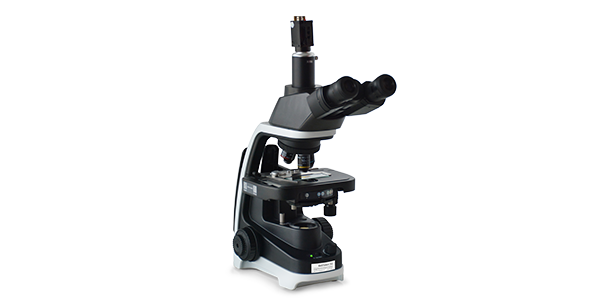- ● Introduction
- ● Particle size and shape analyzer
- ● Related resources
Introduction
Particle shape is measured by capturing particle projections of the particles, providing relative shape parameters after processing, including projected contour and projected area. The particle shape can impact many properties, including specific surface area, flowability, magnetic property, packing property, abrasiveness, and chemical activity. To improve product performance, particle shape is a key factor that should be considered in manufacturing or formulation development. Therefore, particle shape analysis is very important throughout the industrial and scientific research of powders, emulsions, and other particulate materials.
For solutions to particle shape analysis and measurement, the Bettersize particle image analyzer will give you more choices!
Particle size and shape analyzer

Bettersizer S3 Plus
Particle Size and Shape Analyzer
Measurement range: 0.01 - 3,500μm (Laser System)
Measurement range: 2 - 3,500μm (Image System)

BeVision D2
Dynamic Image Analyzer
Dispersion type: Dry
Measurement range: 30 - 10,000μm
Technology: Dynamic Image Analysis

BeVision M1
Automated Static Image Analyzer
Dispersion type: Dry
Measurement range: 1 - 10,000μm
Technology: Automated Static Image Analysis

BeVision S1
Classical and Versatile Static Image Analyzer
Dispersion type: Dry & Wet
Measurement range: 1 - 3,000μm
Technology: Static Image Analysis
Related Resources:
BeVision particle size and shape analyzers are well-known for providing particle form analysis, which reflects the geometrical properties of a particle. For example:
(1) Circularity (Roundness): The circularity can be calculated by dividing the circumference of a circle whose area is the same as the particle's projected area by the circumference of the particle projection. It could also be calculated by dividing the perimeter-equivalent diameter by the area-equivalent diameter. However, no matter what algorithm will be used, the closer the value to 1 is, the better the roundness of the particles will be.
(2) L/W ratio: This is the ratio of the length (L) of the particle circumscribed rectangle to the average width (W) of the particle.
(3) Aspect ratio: The ratio of the maximum Feret diameter to the minimum Feret diameter.
BeVision particle size and shape analyzers provide 24 parameters in total to describe the size and shape of particles. A detailed description of those particle size and shape parameters can be found HERE.


